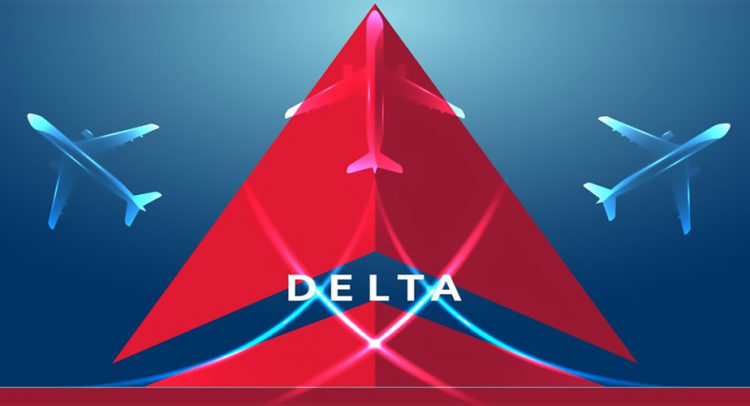Delta Air Lines (DAL) presented at their 2020 Annual Shareholders Meeting that business is getting back to normal far faster than the market originally expected. Yet, the airline appears far too negative on their path back to cash flow breakeven.
Don't Miss our Black Friday Offers:
- Unlock your investing potential with TipRanks Premium - Now At 40% OFF!
- Make smarter investments with weekly expert stock picks from the Smart Investor Newsletter
The stock is trading around $28 here making any investors buying on the Warren Buffett lows of $20.75 very happy. For a stock that traded above $60 pre-virus, the current price is just a start in the ramp back to normal.
Vast Cash Flow Improvements
Delta Air Lines has seen daily cash burn improve from nearly $100 million back in early April when the crisis hit domestic air travel to $30 million now in June. The airline still isn’t seeing a huge boost from revenues as passengers are only back to 20% of 2019 levels. As well, Delta was more reliant on the business traveler that isn’t back flying yet.
The airline is seeing revenues at 15% of 2019 levels which is equivalent to $20 million per day or ~$1.9 billion per quarter. CEO Ed Bastian predicted revenues would quickly return to 20% of 2019 levels and reach 30% in September.
In addition, the management team is only predicting cash flow breakeven by the spring which is far latter than American Airlines. The estimate appears far too negative and is on par with other airline industry executives that have been wrong regarding the pace of the traffic rebound and daily cash burn rates.
Not long ago along with the Q1 earnings report, Delta was projecting daily cash burn of $50 million by the end of June. Suddenly, the cash burn is much more manageable and eliminates all of the dire outcomes for a company with $12 billion in cash and potential access to the Loan Program from the CARES Actv.
As well, these cash flows include the airline paying full salaries for 55% of the workforce and partial payroll costs for the 40,000 taking voluntary leave. The airline isn’t exactly far from cash flow breakeven here, especially when one factors in the $3.8 billon PSP grant that amounts to ~$20 million per day to cover these excess payroll costs that otherwise would’ve been cut.
Capacity Boost
Delta Air Lines is now targeting domestic capacity to be down around 55% to 60% in August. Again, this number appears far too negative when weaker airline American Airlines has July domestic capacity down only 45%.
As well, this capacity level could alone support at least a return to 30% of the 2019 revenue levels. June has only seen a few days reach 20% of 2019 traffic levels, yet Delta is seeing revenues at 15% very much in-line with the average traffic levels for the month.
The mileage loyalty revenues are definitely contributing to a large portion of the revenues, but the rebound in domestic capacity is supportive that Delta ends up with far higher revenue than projected. The airline will more flights than over 40% of 2019 levels and revenues will easily top 30% of 2019 levels by August and reach far higher in September.
Takeaway
The key investor takeaway is that the valuation equation remains in favor of owning the airlines. Delta Air Lines still trades below 50% of pre-virus levels while numbers are now improving at a fast clip. The company still remains far too negative on its prospects as traffic ramps higher and daily cash burn falls fast.
It looks like Wall Street analysts aren’t ready to tap out either. Out of 11 ratings published in the last three months, 9 are bullish. On top of this, DAL’s $38 average price target lends itself to 36% upside from the current share price. (See Delta stock analysis on TipRanks)
To find good ideas for stocks trading at attractive valuations, visit TipRanks’ Best Stocks to Buy, a newly launched tool that unites all of TipRanks’ equity insights.
Disclosure: No position.





















